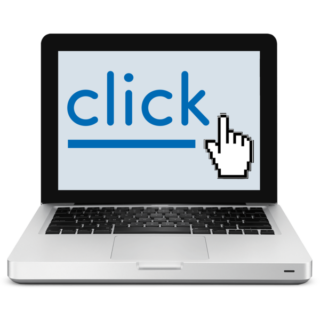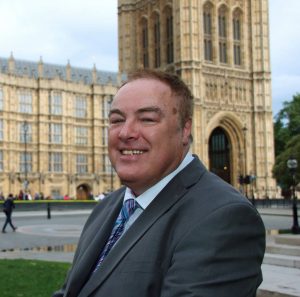
A blog by Gary Bourlet, Membership and Engagement Lead and self advocate
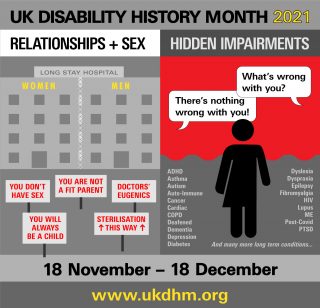
This month (18 Nov – 18 Dec) is Disability History Month.
The themes for 2021 are sex and relationships and hidden impairments.
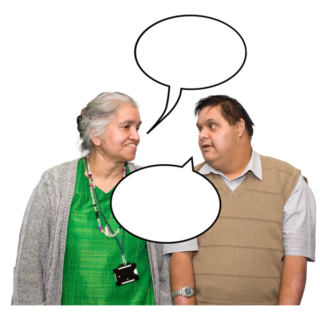
So I decided to tell my story about living with hidden impairments.
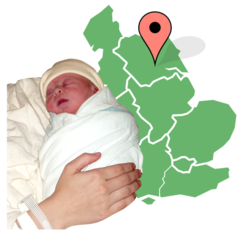
I was born in 1959 with a mild learning disability.
I was diagnosed with epilepsy aged 2.
Some people call these things ‘impairments’.
But I prefer to call them disabilities.
So I don’t use the word impairments.
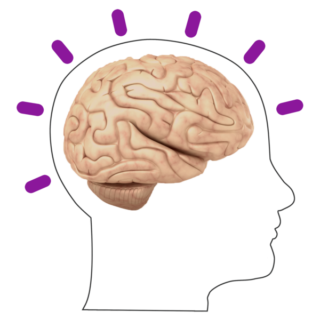
Epilepsy is when a person has seizures.
This is a hidden disability because you cannot tell someone has epilepsy by looking at them.
You also cannot tell that I have a learning disability just by looking at me.
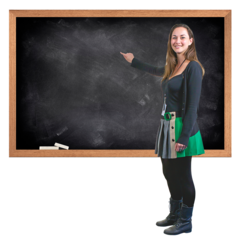
School was difficult.
The teachers once even kept me away from other children because they thought they would catch epilepsy from me.
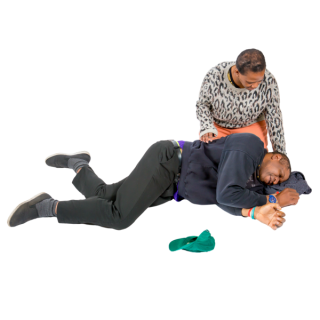
My seizures are very serious.
One time I nearly drowned in a swimming pool because of them.

My epilepsy means that I have to take medication.
This has side-effects like making me feel sleepy and making my hands shake.
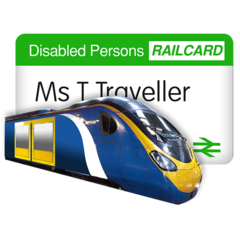
Because my disability is hidden, I sometimes have to convince people that I am actually disabled and need help.
I have a disabled railcard and can show this to staff at train stations when I need help to find the right train.
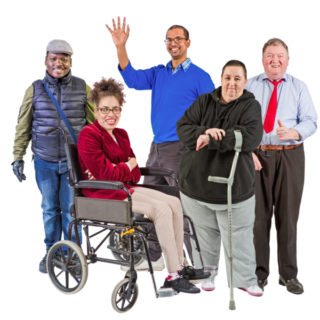
Some people with more obvious disabilities worry that others will not see past their disability.
But I worry about the opposite, that people would not believe that I need help because I do not look disabled.
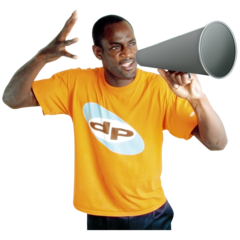
I have been campaigning for rights for people with learning disabilities for over thirty-six years.
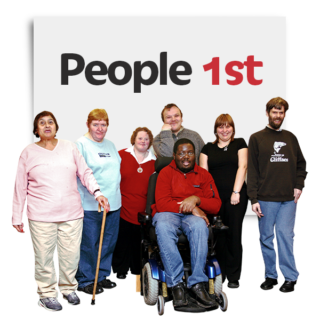
People with learning disabilities were not treated well when I first started and did not have a voice.
A lot has changed in this time, and people are now treated much better.
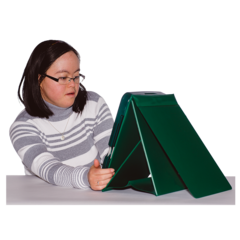
One thing that has improved is that people with learning disabilities now have access to better communication aids.
Communication aids help people with learning disabilities to communicate with other people.
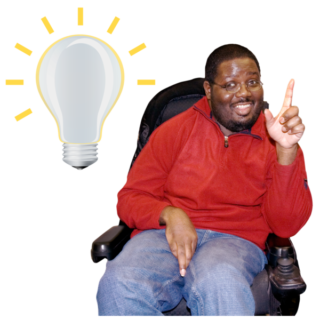
Learning Disability England members have done a lot of work trying to improve accessible communication and help people with learning disabilities to have access to what they need.
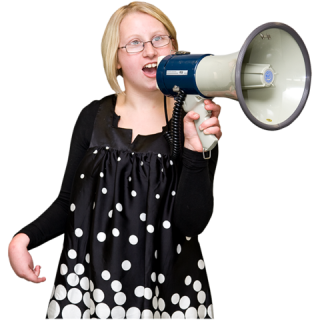
This, and our other projects working with members and partners, aim to improve the lives of people with hidden disabilities by giving them a voice.
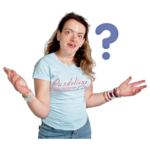
But there is still more to do.
Too many people in the general public don’t understand about hidden disabilities.
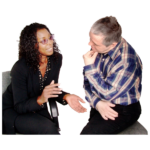
That is why I decided to tell my story this Disability History Month.
To help raise awareness.
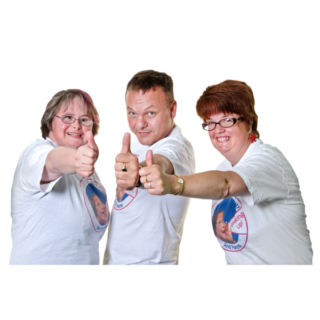
The more people understand each other, the better a place the world will be for everyone.
